Test Driving the Porsche 911 Carrera (991.1): Why the Base Carrera Is So Good
公開日:2021.11.04
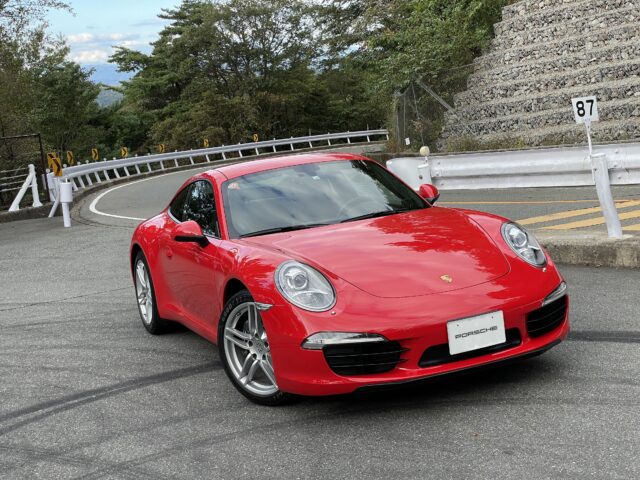
Since purchasing the 991.1 (early 991) Carrera 4 GTS, I’ve become completely captivated by the early 991 generation. Recently, I had the opportunity to test drive the base (standard) 991 Carrera, so I’d like to share my report along with some thoughts on the appeal of the “pure” 911.
コンテンツ
Why Do Porsche Enthusiasts Return to the Base 911?
This is something I had heard many times even before owning a Porsche: well-known automotive critics and those who have owned multiple Porsches often say that the base 911 is the best.
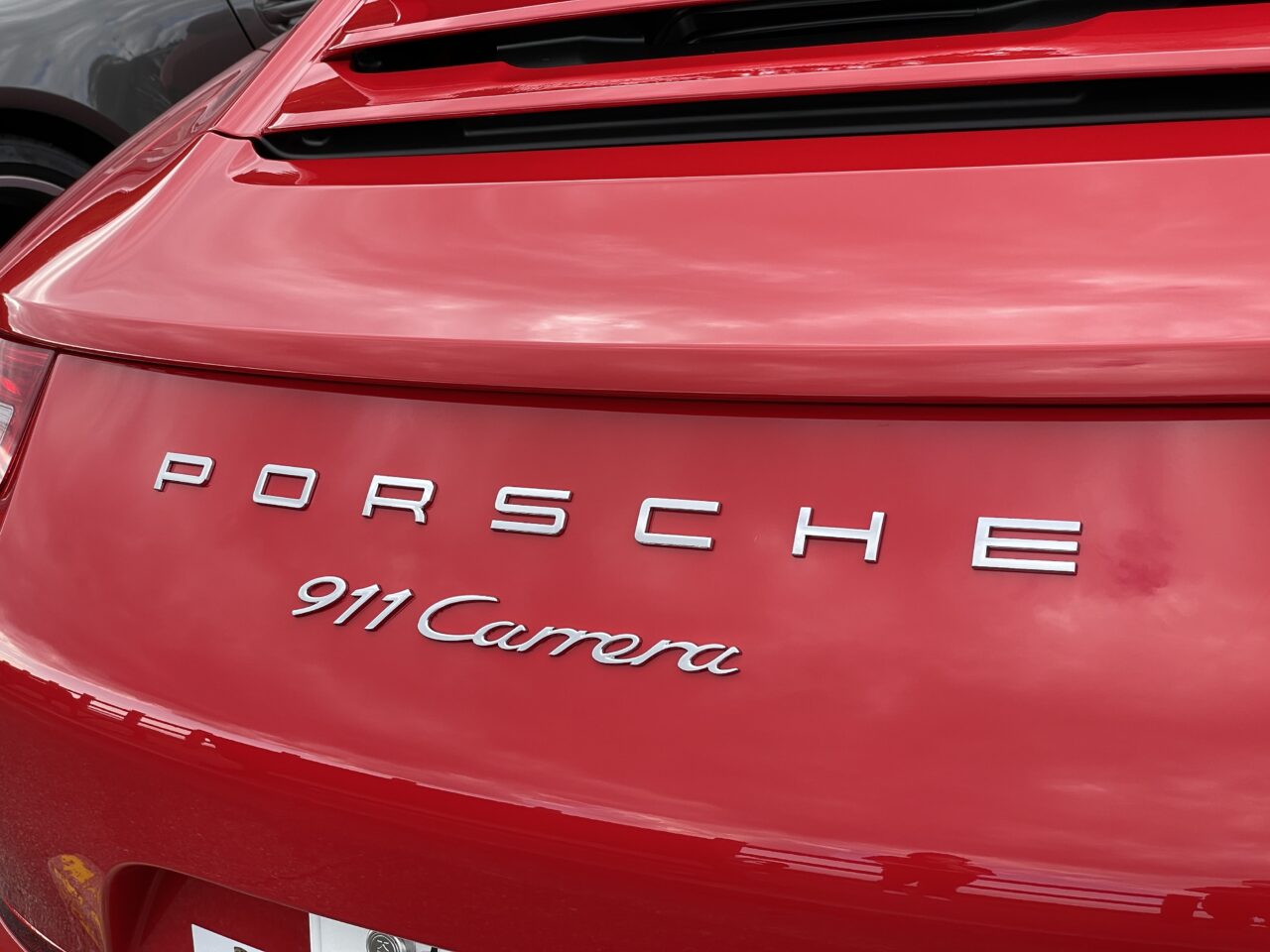
In the past, I used to think “That can’t be true. Higher trims cost more, so they must be better. Speed and power are what matter. Turbo, GT3, that’s the way to go!”
After owning and driving several Porsches, from the 356 all the way to the latest Taycan, I finally began to understand what they meant.
Porsche’s Approach to Trim Levels Is Different from Other Brands
Many first-time Porsche buyers assume, like with many other manufacturers, that higher trims are fully loaded and that buying the top trim means you get all the features and performance of the lower trims plus more.
So initially, many are drawn to the hierarchy and styling of the higher trims, believing that power, comfort, and driving enjoyment must all be better than the lower trims.
While this is partly true, it doesn’t really apply to Porsche.
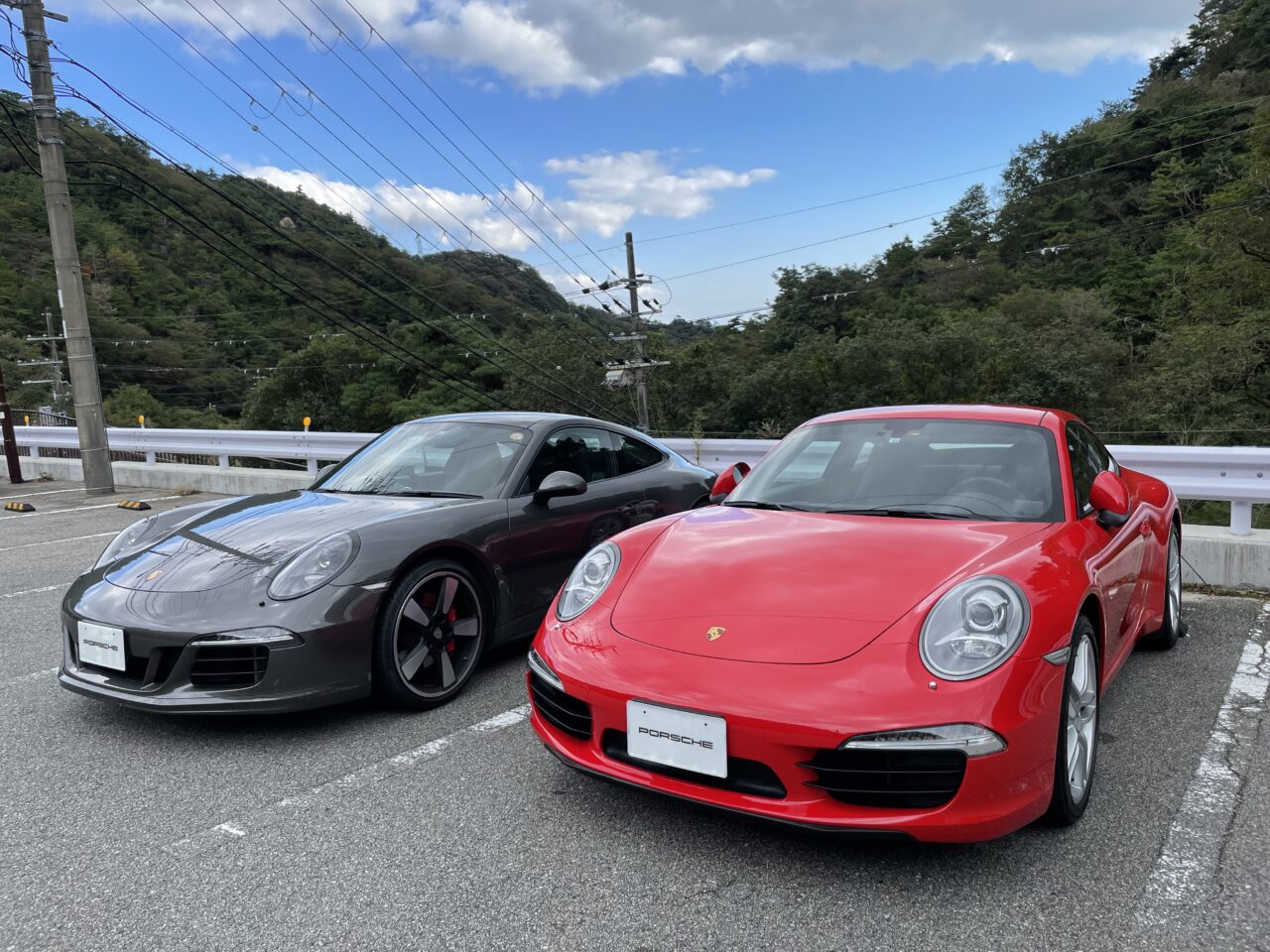
For example, comparing the base 911 to the GT3 is an extreme case: these two cars are not suited to the same kind of use. More precisely, their strengths and weaknesses differ greatly. Compared to the versatile base 911, the GT3 is expensive but has fewer comfort features and sound insulation, and its gear ratios and engine powerband are extremely race-oriented. So, the GT3, despite being a higher trim, does not encompass the functionality of the base 911.
On the other hand, higher trims or special tuning models from other manufacturers usually have more power and features but don’t have significant compromises in usability, and are designed to be practical for daily use.
This time, I compared my own Carrera 4 GTS with the base Carrera, and there are quite a few differences even between the base and GTS. I’d like to focus on those in this report.
The Base 911 Carrera
The vivid Guards Red of the base Carrera catches the eye, and the options are kept to a minimum. There are no performance-oriented options at all: it has standard 19-inch wheels, no PASM suspension, and neither the Sport Chrono Package nor the Sport Exhaust.
This is the genuine, pure base Carrera.
When you start the engine, the sound is louder but a bit gentler than the GTS’s awakening roar. The 350 hp 3.4L engine is the same as in the 981 Boxster S and GTS, just tuned slightly differently.
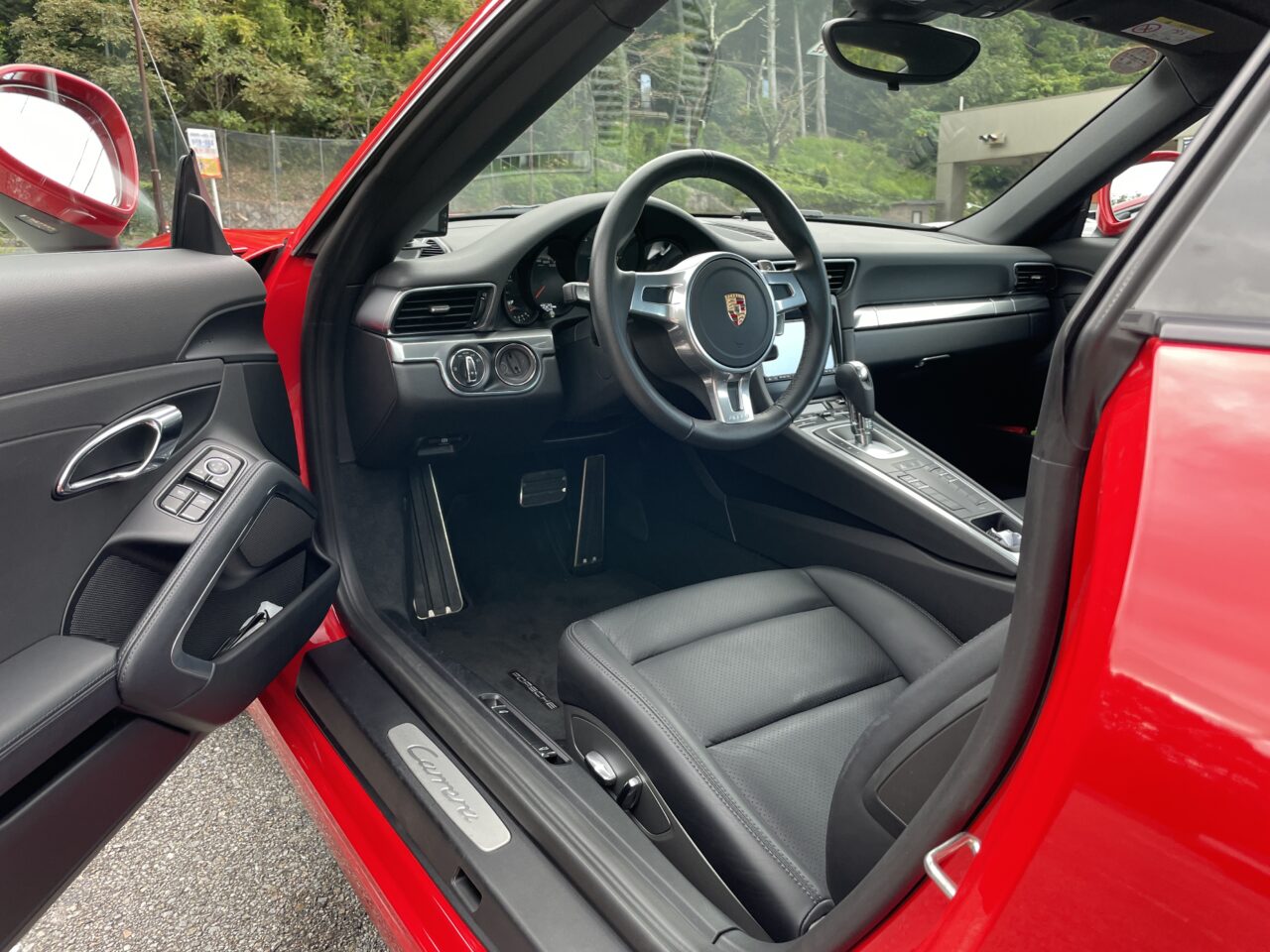
The seats are the standard sports seats. These standard sports seats from this era have reasonably thick cushions and are not as thin and firm as those in the 992. While the shoulder support is not as strong as the Sports Seat Plus, the extra free space around the shoulders makes it feel less tiring on long drives.
Once on the road, the first impression is “lightness.” It feels very light. This is less about the car’s weight and more about its nimble response. Unlike the GTS, which feels powerful and aggressive right from the start, gripping the road firmly, the base Carrera feels like the whole body is relaxed—like a person who starts driving with their shoulders relaxed and at ease.
The ride quality is by no means bad. Compared to a Carrera S with PASM I drove before, the handling of small bumps and smoothness is better in the PASM-equipped car, but unless you compare directly, no one would complain.
Switching to Sport mode, keeping the tach needle in the mid-range, and carefully taking corners, the engine sound is fully audible despite the lack of a Sport Exhaust, with satisfying changes in tone, volume, and quality.
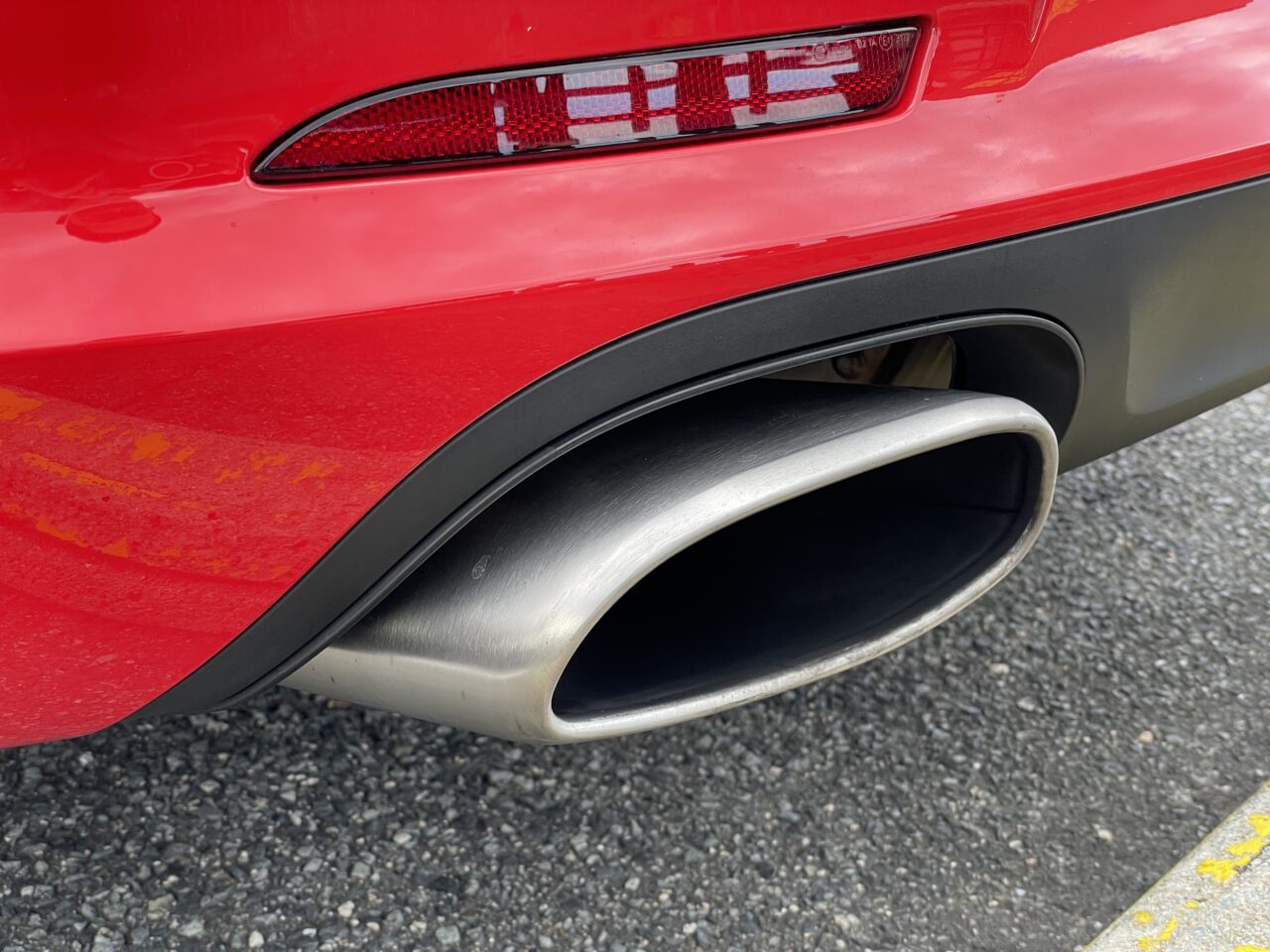
I’ve heard that when the 991 was launched, Porsche put extraordinary effort into developing the engine sound. It was designed to change tone and volume depending on driving conditions, load, and gear shifts. Wolfgang Hatz, the head of technical development, described it as a “six-cylinder orchestra,” and it truly lives up to that name.
The deep “roar” of the GTS engine is amazing, but the base Carrera’s engine sound without the sport exhaust is also wonderful—light and elegantly played. Even within the same 991 generation, these are completely different flavors, which makes choosing a Porsche trim so challenging. Opinions vary widely depending on personal taste.
Personally, I prefer the powerful sound of the GTS when attacking winding roads, but for country roads in rural areas, I felt the base Carrera’s sound was more enjoyable to listen to for longer without getting tired of it.
Also, the 350 hp power feels just right. It’s enough power to push confidently on Japanese winding roads, and the fun of revving the engine is definitely greater than in higher trims.
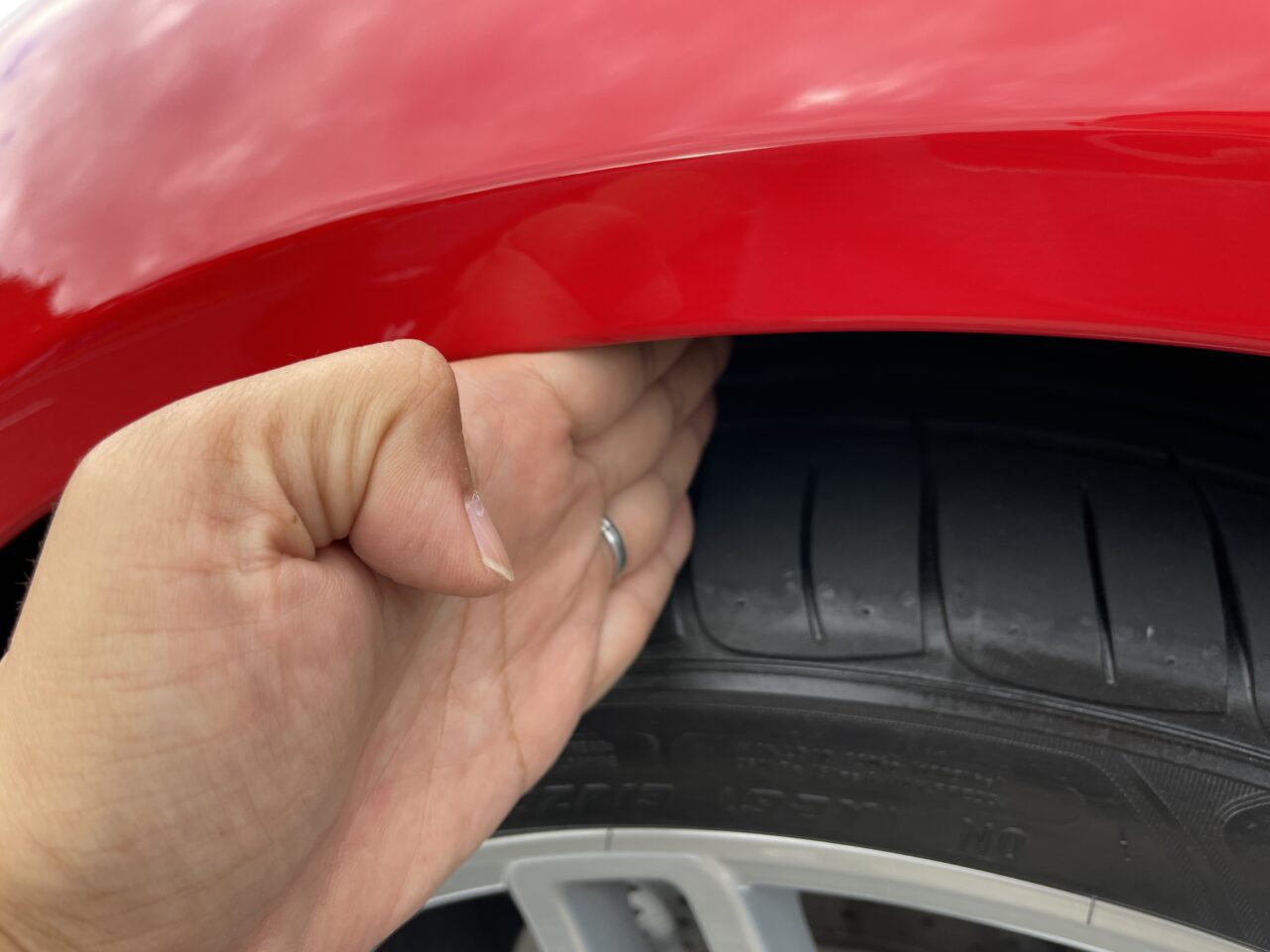 Gap between front fender and tire on the Carrera: about four fingers.
Gap between front fender and tire on the Carrera: about four fingers.
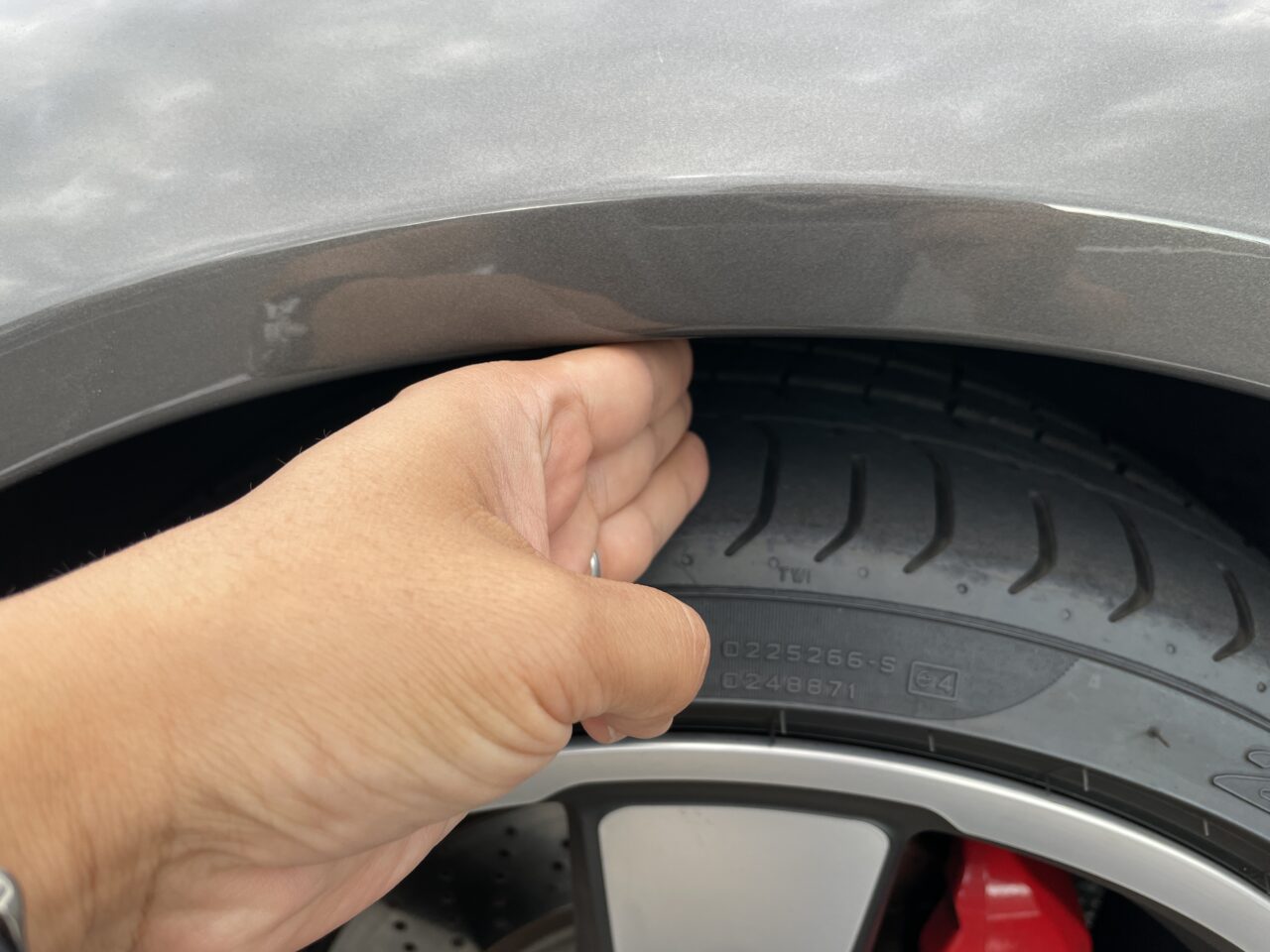 This is the Carrera 4 GTS: about three fingers gap.
This is the Carrera 4 GTS: about three fingers gap.
The handling is also quite different. The biggest difference is in body roll. The base Carrera clearly has more roll. (This is compared to the GTS; both have far less roll than normal cars.)
My wife found the roll and lightness a bit unsettling, but I didn’t feel that way at all. Rather, I felt the roll acted like an instrument measuring load and limits, constantly communicating the car’s status to the driver.
This makes it very easy to “talk” with the car. You can easily feel the lateral load from steering, and the front-to-rear load shifts from throttle and brake inputs. You can tell exactly what state the car is in and how much margin you have. Honestly, I found this very enjoyable.
When driving the same course in the GTS, even when flooring the accelerator, thanks to the all-wheel drive and PTV, it carves into corners aggressively and exits with impressive stability without much conscious effort. That’s thrilling and addictive in its own way, but the feeling of “I’m driving this car” is definitely stronger in the base Carrera. This is reminiscent of the driving feel of air-cooled Porsches.
I think this is one reason experienced Porsche owners say the “base 911 is best.” After gaining driving expertise and experiencing many cars, you naturally gravitate toward cars that give you the strongest sense of control. That feeling is always strongest in the base 911, no matter the era. That’s why these models continue to be chosen by enthusiasts.
Balance Is Key to a Car’s Quality
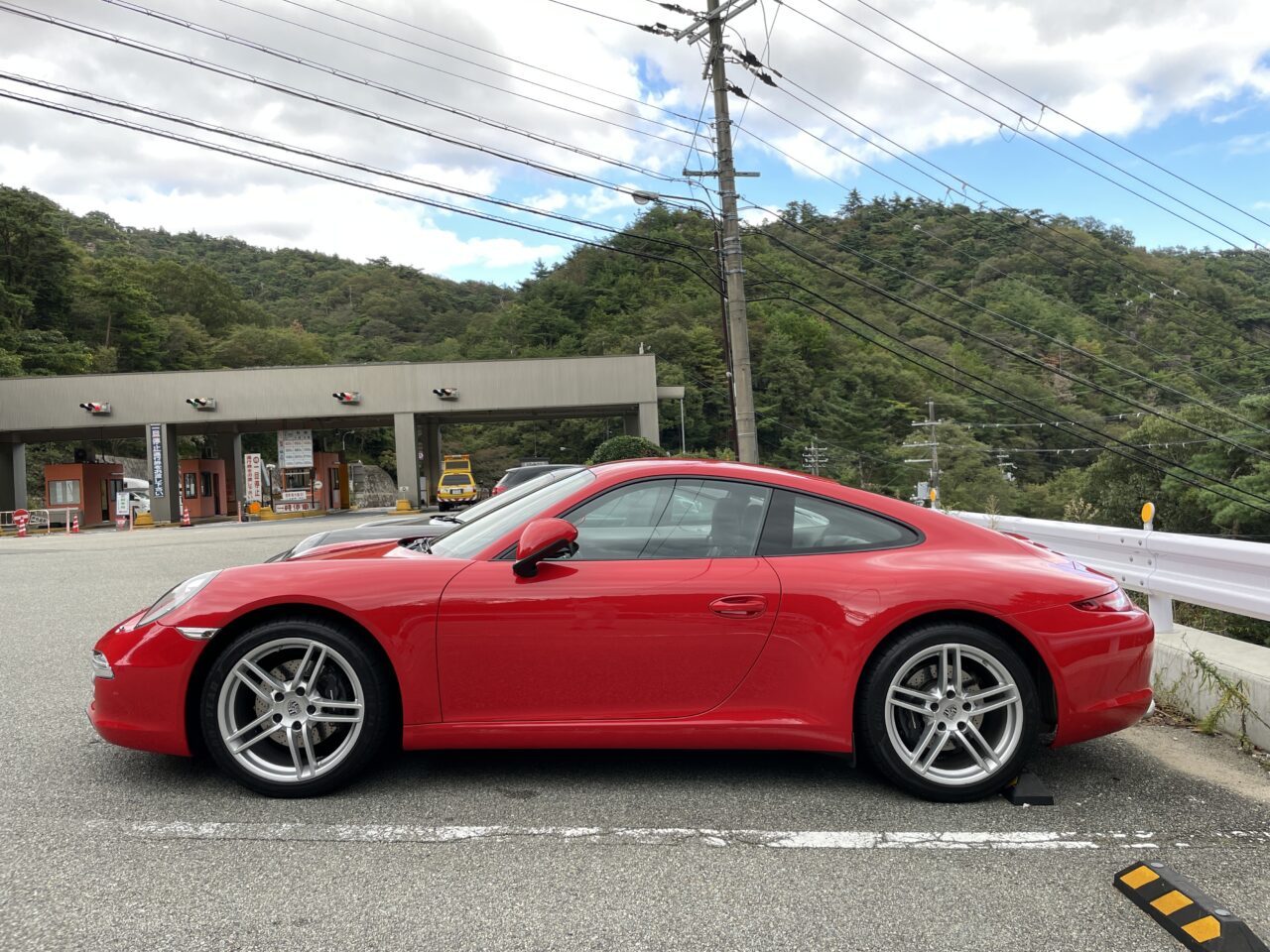
The loud yet light six-cylinder naturally aspirated sound, the nimble suspension, and the moderately “underpowered” 350 hp all match perfectly. This is what I think of as “good balance.” If you were to add the GTS’s sound to this car, the balance with the suspension feel and power delivery would be off, and it would feel somewhat awkward.
The GTS is built on its own balanced setup, and the base Carrera is balanced in its own way. You can think of Porsche’s performance options as spices you add to these balanced foundations according to your taste.
In this way, Porsche’s higher trims are not necessarily better than the lower trims. If there is a difference, it’s only in speed and price. If you prioritize speed, the higher trims are fine, but if you value driving enjoyment and handling, I recommend choosing a trim that matches your skill and preferences without being swayed by looks, prestige, or hierarchy.
このブログが気に入ったらフォローしてね!


Comment ( 0 )
Trackbacks are closed.
No comments yet.